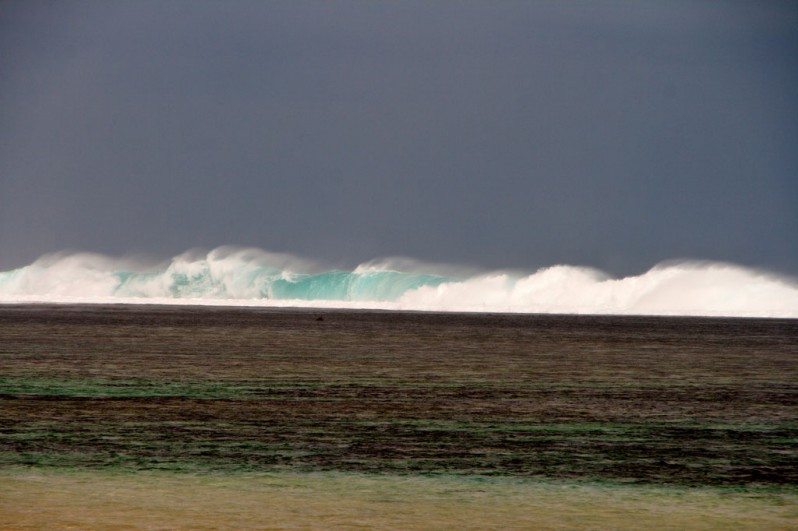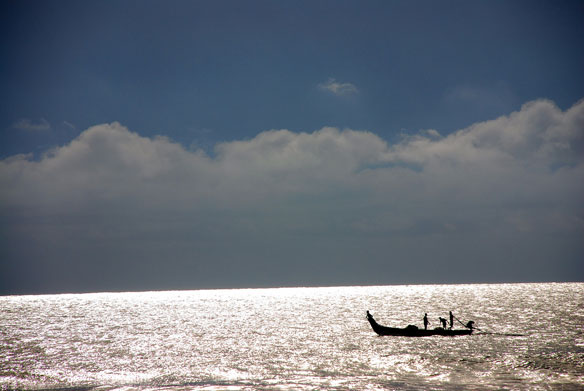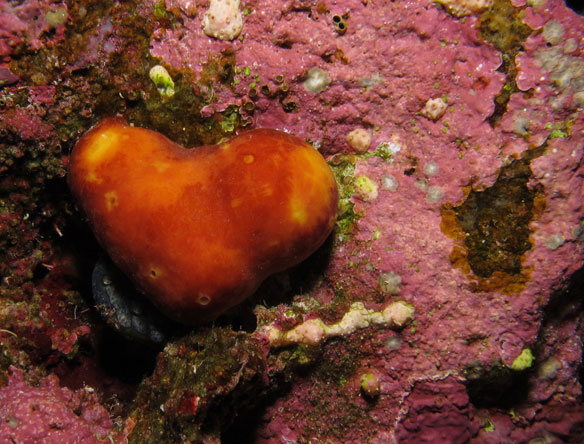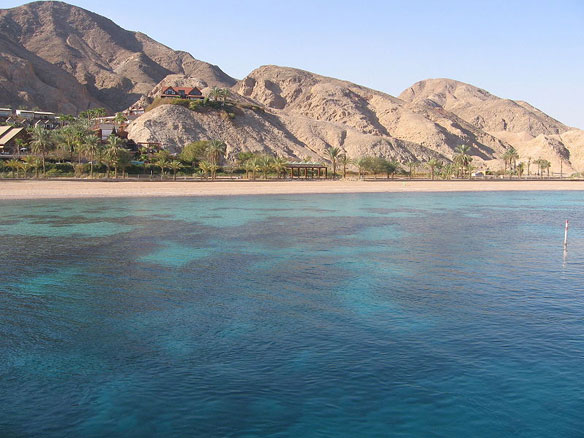Sydney’s Bald Reef Gets a Seaweed Transplant

Seaweed transplants could help revive an underwater forest off the coast of Sydney, Australia, that was wiped out by sewage dumping decades earlier, a new study suggests.
Saving Fiji’s Coral Reefs Linked to Forest Conservation Upstream

The health of coral reefs offshore depend on the protection of forests near the sea, according to a new study by the Wildlife Conservation Society that outlines the importance of terrestrial protected areas to coastal biodiversity.
Safety In Numbers? Not So For Corals

A new study revealed that global changes in climate and ocean chemistry affect corals whether scare or abundant, and often it is the dominant, abundant corals with wide distributions that are affected the most.
3D-Printed Artificial Reefs Bring Back Sea Life in Persian Gulf

Reef Arabia, a team of artificial reef designers that includes reef experts from Bahrain as well as members from Australia’s Sustainable Oceans International, has started 3D printing reef formations and sinking them off Bahrain’s coast, where overfishing has had a major impact on the health of marine life there.
What is Cooking Underwater in the Bay of Bengal?

The story of big trawlers destroying marine habitats by overfishing, and fishermen being pushed further out to sea, has become sadly universal. But this is the story of a group of people building an artificial reef to bring marine life back from the brink.
Evidence of Unsustainable Fishing in the Great Barrier Reef

Sea cucumber fishing in the Great Barrier Reef Marine Park shows worrying signs of being unsustainable. Many species being targeted are endangered and vulnerable to extinction, as determined by the International Union for Conservation of Nature.
Sponges Help Coral Reefs Thrive In Ocean Deserts

The mystery of how coral reefs thrive in “ocean deserts” has been solved, scientists say.
A Quest For Resilient Reefs

All the coral reefs in the world together occupy less than one percent of the ocean seafloor, a tiny area of the global ocean. Yet 25 percent all ocean species, an estimated 9 million species, are found on coral reefs. Also, coral reefs are barriers that protect coastlines from sea-level rise and storm surges. It is estimated that coral reefs provide about $375 billion to the global economy each year.
Eilat’s Corals Stand Better Chance of Resilience Than Other Sites

While the frequency of coral bleaching is globally increasing, no bleaching event has been observed in the Gulf of Eilat/Aqaba, even when nominally bleaching conditions prevail.
